More
Lyndon B. Johnson: Remarks Upon Signing the Higher Education Facilities Act

Builders Hardware Manufacturer Association Standards Catalog
ARCHIVE: April 6, 2019
The Builders Hardware Manufacturers Association (BHMA) is an ANSI accredited standards developing organization for building access and egress technology that education industry real asset managers find referenced deep in the architectural and electrical sections of construction contract specifications (as in “Conform to all applicable standards”). Architects, electrical, fire protection and information and communications technology professionals usually have to collaborate on the design, construction. operations and maintenance of fenestration technologies.
Gone are the days when a door was just a door (or “opening” or “fenestration”). Doors are now portals; an easily identifiable control point in the Internet of Things electrotechnical transformation. There are 100’s of thousands of them on large research university campus; for example. As we explain in our School Security Standards post the pace of standardization in public safety management and technology has increased; driven by events. Some of the risk management can be accomplished with integrated technical solutions that are complex and more expensive to design, build, operate and maintain.
A fair estimate of the annualized cost of a door now runs on the order of $1000 to $10,000 per door (with hospital doors at the high end).
BHMA develops and maintains performance standards for locks, closers, exit devices and other builders hardware. It has more than 40 ANSI/BHMA standards. The widely known ANSI/BHMA A156 series of standards describes and establishes features and criteria for an array of builders hardware products including locks, closers, exit devices, butts, hinges, power-operated doors and access control products. They are listed on the link below:
BHMA has opened one of its standards for public review that is relevant to our contribution to the security and sustainability agenda of the education facility industry; an agenda that necessarily involves a growing constellation of interacting specifics
BHMA A156.4 Standard for Door Controls – Closers. This Standard contains requirements for door closers surface mounted, concealed in the door, overhead concealed, and concealed in the floor. Also included are pivots for floor closers. Criteria for conformance include cycle, operational, closing force, and finish tests.
Given that BHMA consensus products are largely product standards (much the same way UL Standards are product standards) it is wise to keep an eye on a related installation standards found in the fenestration sections of model building and fire safety codes and in ASTM E2112 Standard Practice for Installation of Exterior Windows, Doors and Skylights.
Comments are due May 6th. You may obtain an electronic copies of any of the foregoing from MTierney@kellencompany.com and send comments to the same (with copy to psa@ansi.org).
The BHMA suite is on the standing agenda of our monthly Construction Specification and Design Guideline teleconference; an informal session that should interest building contractors and design professionals who prepare documents that use the general purpose clause: “Conform to all applicable standards”. That usually means the latest standard. See our CALENDAR for the next online meeting; open to everyone.
Issue: [19-129]
Category: Architectural, Electrical, Facility Asset Management, Telecommunication, Public Safety, #SmartCampus, Risk Management
Colleagues: Mike Anthony, Jim Harvey. Jim Vibbart
LEARN MORE:
BHMA Standards Revision Status Tracking
Universität als weltoffenen Kosmos und Diskursraum schützen: Jahresfeier der Ruperto Carola mit Ansprache der Rektorin – Universitätsangehörige sowie Freunde, Förderer und Alumni begingen 638. Jahrestag des Bestehens der Universität Heidelberghttps://t.co/dpeDfShfdO pic.twitter.com/UHA9lwfEBe
— Uni Heidelberg (@UniHeidelberg) October 21, 2024
ICC Group A Monograph (April 2024)
Note 80 school-related entrance and egress concepts (Search term: “School”)
2024 Group A Proposed Changes to the I-Codes (October 2024)
Note 40 school-related entrance and egress concepts (Search term: “School”)
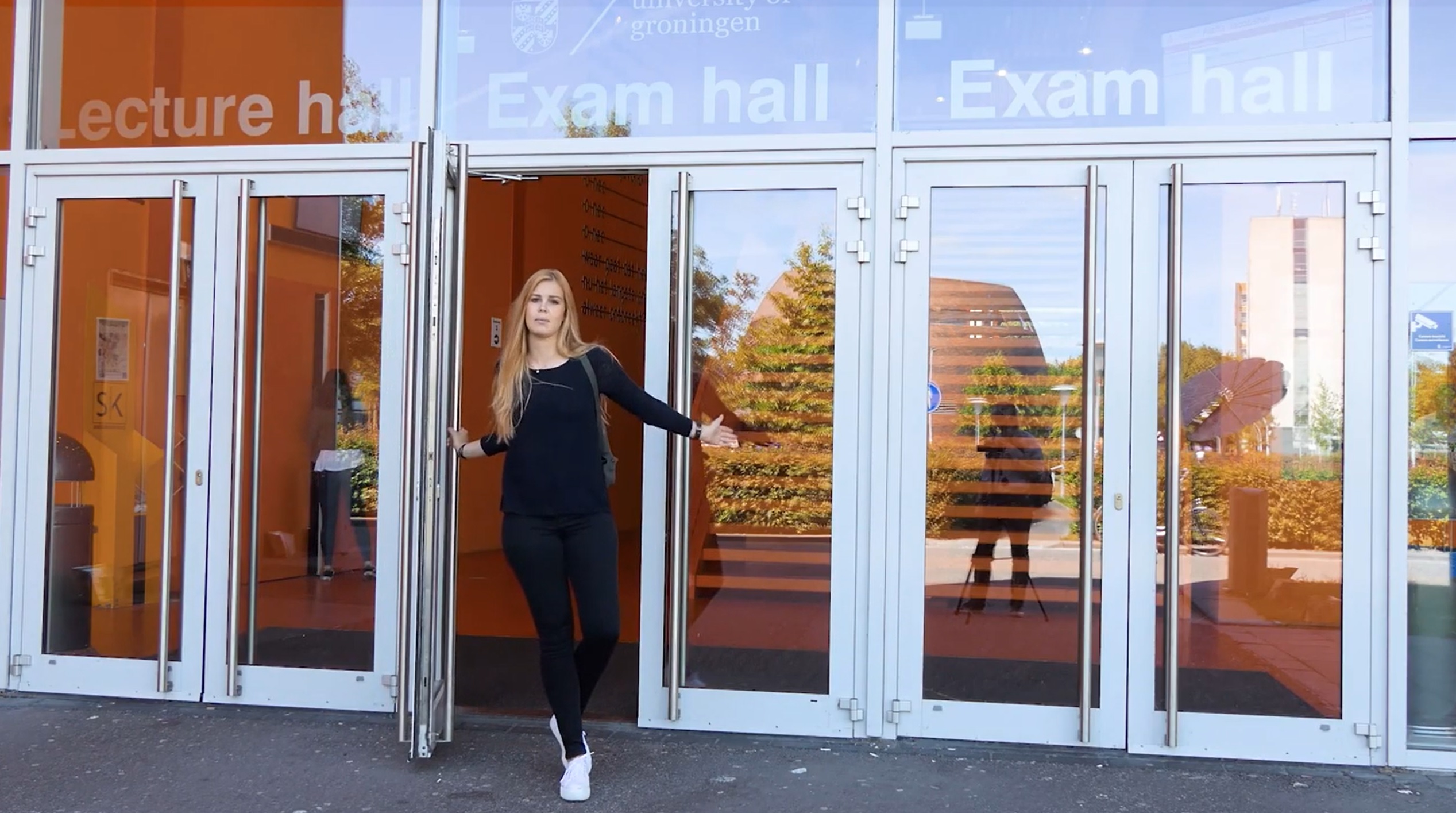 Doors have long since been a simple “opening” or “fenestration”. Doors are “portals”; nodes on the geometry of the Internet of Small Things. There are 100’s of thousands of these nodes on any single college, university or school district. First costs run from $1000 per door in a classroom to $100,000 per door in hospitals with maintenance and operation costs commensurate with complexity of the hardware and software needed to maintain integration of the door with building security and energy systems.
Doors have long since been a simple “opening” or “fenestration”. Doors are “portals”; nodes on the geometry of the Internet of Small Things. There are 100’s of thousands of these nodes on any single college, university or school district. First costs run from $1000 per door in a classroom to $100,000 per door in hospitals with maintenance and operation costs commensurate with complexity of the hardware and software needed to maintain integration of the door with building security and energy systems.
We find the bulk of best practice identified in the catalogs of the following accredited standards developers for the United States construction markets:
ASTM International
Conflicting Requirements of Exit Doors
Standard Practice for Installation of Exterior Windows, Doors and Skylights
Repair Methods for Common Water Leaks at Operable Windows and Sliding Glass Doors
Builders Hardware Manufacturers Association
International Code Council
International Building Code Chapter 10:
Chapter 24: Glass and Glazing
Accessibility Requirements (Referenced from ICC A117.1)
Energy Efficiency (Referenced from IECC)
“At School Doors” 1897 | Nikolay Bogdanov-Belskyhttps://t.co/FV2W5z42xY
46454E4553544154494F4Ehttps://t.co/1GCno4M9EV pic.twitter.com/nZFSx82gwk— Standards Michigan (@StandardsMich) April 17, 2024
IEEE Current Issues and Recent Research
National Fire Protection Association
Steel Door Institute
University of Michigan Design Guideline 4.7: Building Access Control
University of Michigan Electrical Division 28: Electronic Safety and Security
The oldest door still in use in Pantheon, Rome – Italy.
Cast in bronze for emperor Hadrian’s rebuilding, dated about 115 AD.#archaeohistories pic.twitter.com/Pjy4JYwDa2
— ArchaeoHistories (@histories_arch) September 14, 2022
The US federal government and all 50-states adapt safety and sustainability concepts from the foregoing publishers; either partially or whole cloth.
Today at the usual hour we examine the moment in the standard of care for doors in education communities in the United States. Join the colloquium with the login credentials at the upper right of our home page.
It's all about those little details, folks! How cool is this hand-finished brass hinge??! It's one of our favorites.
You can find at House of Antique Hardware in their antique-by-hand finish. You can thank us later 🙂 pic.twitter.com/7C0kxGe31N
— Building Culture (@Build_Culture) January 19, 2025
When the startup matures to the point of getting a front door sign 🥹 pic.twitter.com/vGDXRb2o6x
— Lauren Stopfer, PhD (@lstops) September 25, 2023
It’s lovely to see us all together 😍 pic.twitter.com/nNz8q9OJfw
— Magdalen College (@magdalenoxford) September 27, 2023
The NFPA 99 Healthcare Facilities Code committee develops a distinct consensus document (i.e. “regulatory product”) that is distinct from National Electrical Code Article 517; though there are overlaps and gaps that are the natural consequence of changing technology and regulations. It is worthwhile reviewing the scope of each committee:
NFPA 99 Scope: This Committee shall have primary responsibility for documents that contain criteria for safeguarding patients and health care personnel in the delivery of health care services within health care facilities: a) from fire, explosion, electrical, and related hazards resulting either from the use of anesthetic agents, medical gas equipment, electrical apparatus, and high frequency electricity, or from internal or external incidents that disrupt normal patient care; b) from fire and explosion hazards; c) in connection with the use of hyperbaric and hypobaric facilities for medical purposes; d) through performance, maintenance and testing criteria for electrical systems, both normal and essential; and e) through performance, maintenance and testing, and installation criteria: (1) for vacuum systems for medical or surgical purposes, and (2) for medical gas systems; and f) through performance, maintenance and testing of plumbing, heating, cooling , and ventilating in health care facilities.
NFPA 70 Article 517 Scope: The provisions of this article shall apply to electrical construction and installation criteria in healthcare facilities that provide services to human beings. The requirements in Parts II and III not only apply to single-function buildings but are also intended to be individually applied to their respective forms of occupancy within a multi-function building (e.g. a doctor’s examining room located within a limited care facility would be required to meet the provisions of 517.10) Informational Note: For information concerning performance, maintenance, and testing criteria, refer to the appropriate health care facilities documents.
In short, NFPA 70 Article 517 is intended to focus only on electrical safety issues though electrotechnology complexity and integration in healthcare settings (security, telecommunications, wireless medical devices, fire safety, environmental air control, etc.) usually results in conceptual overlap with other regulatory products such as NFPA 101 (Life Safety Code) and the International Building Code.


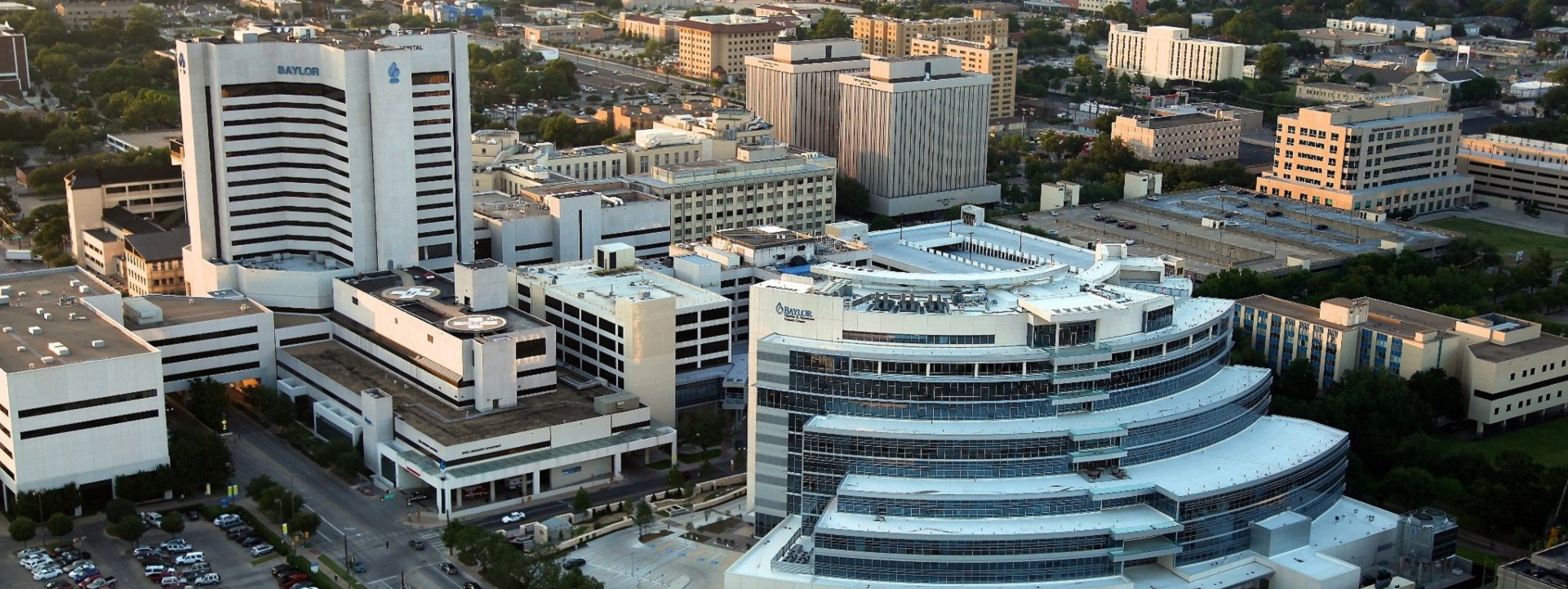

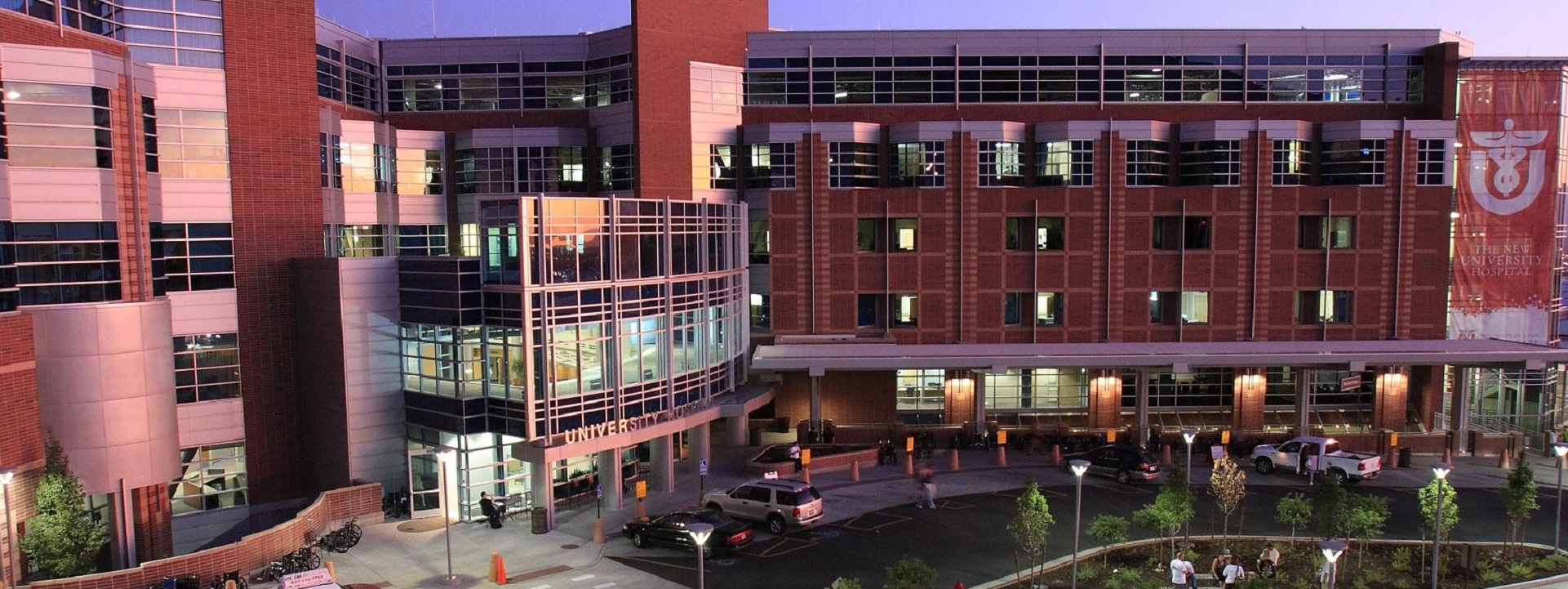
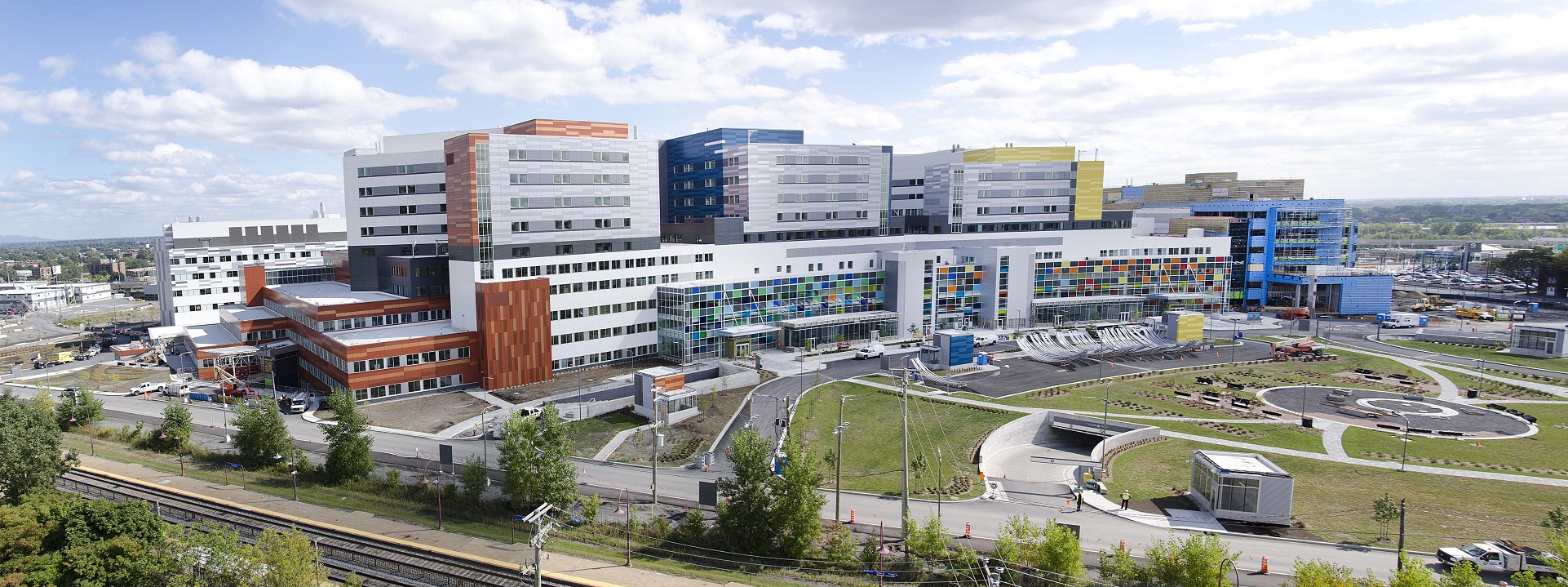


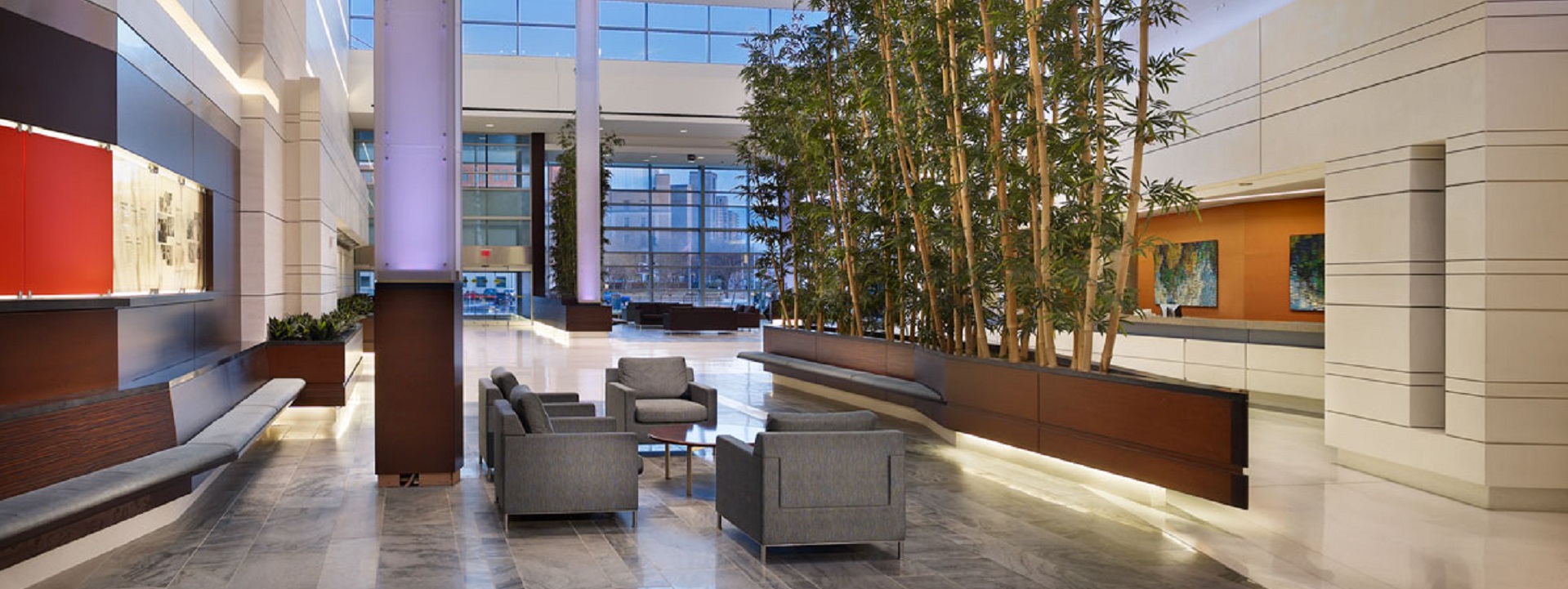
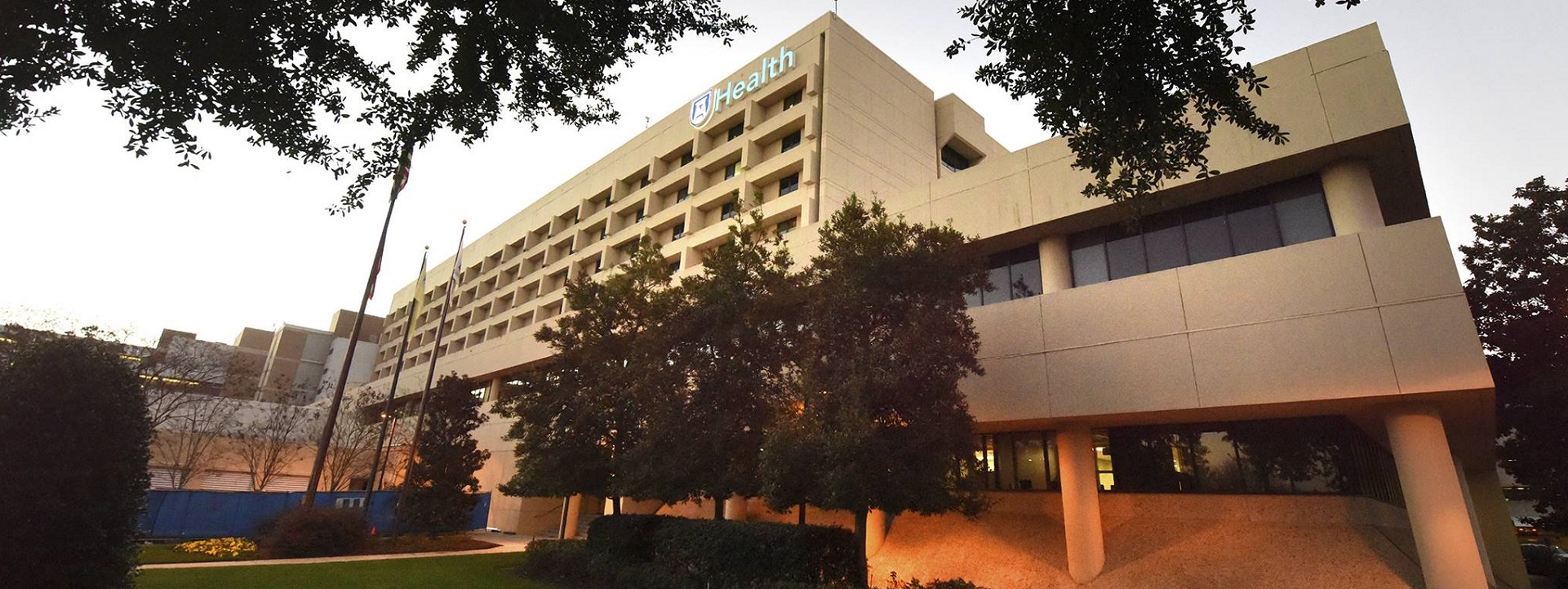

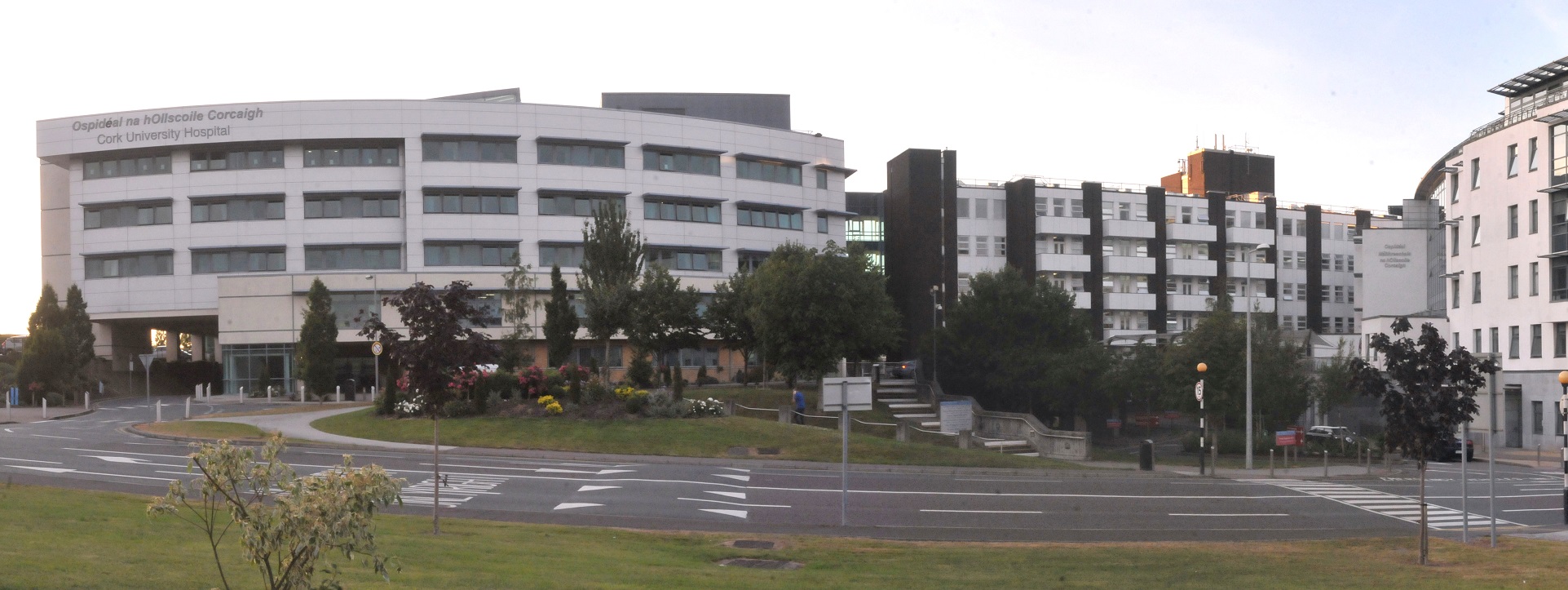
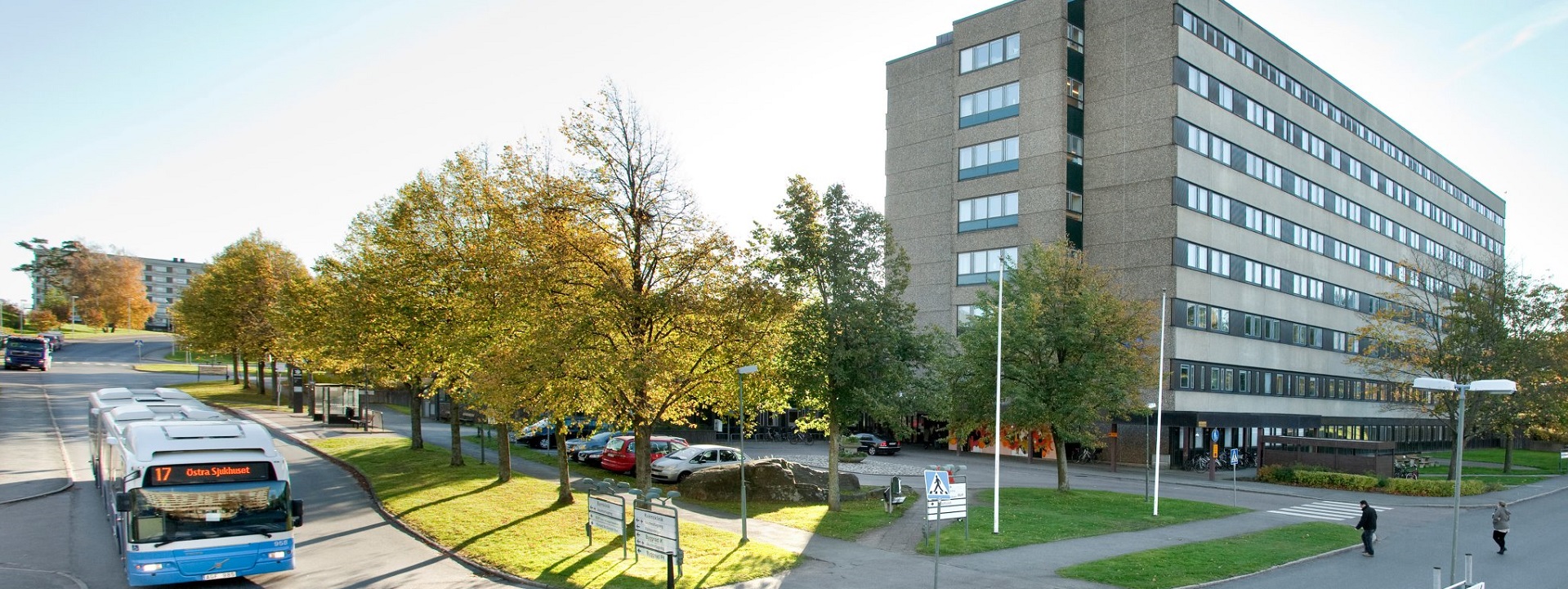
Several issues were recently debated by the Article 517 technical committee during the 2023 National Electrical Code Second Draft meetings
There are, of course, many others, not the least of which involves emergency management. For over 20 years our concern has been for the interdependency of water and electrical power supply to university hospitals given that many of them are part of district energy systems.
We need to “touch” this code at least once a month because of its interdependence on other consensus products by other standards developing organizations. To do this we refer NFPA 99 standards action to the IEEE Education & Healthcare Facilities Committee which meets online four times monthly in European and American time zones.
The transcript of NEC Article 517 Public Input for the 2023 revision of NFPA 70 is linked below. (You may have to register your interest by setting up a free-access account):
Code-Making Panel 15 (NEC-P15) Public Input Report
Code-Making Panel 15 (NEC-P15) Public Comment Report
Technical committees will meet in June to endorse the 2023 National Electrical Code.
Public consultation on the Second Draft closes May 31st. Landing page for selected sections of the 2024 revision of NFPA 99 are linked below:
Health Care Emergency Management and Security (HEA-HES)
Second Draft Comments are linked below:
Health Care Emergency Management and Security (HEA-HES)
NITMAM closing date: March 28, 2023
We break down NFPA 70 and NFPA 99 together and keep them on the standing agenda of both our Power and Health colloquia; open to everyone. See our CALENDAR for the next online meeting.
Issues: [12-18, [15-97] and [16-101]
Contact: Mike Anthony, Jim Harvey, Robert Arno, Josh Elvove, Joe DeRosier, Larry Spielvogel
NFPA Staff Liaison: Jonathan Hart
Join us for our in-person event hosted by the Silicon Valley Chapter, #IP year-in-review on 1/18, 2023, from 4 – 5:30 PM ET in which leading experts will review key IP-related developments during the 2022 calendar year. Reserve your spot now: https://t.co/yVZSv28hb6. pic.twitter.com/nVEG2H5Pn4
— LES (U.S.A. and Canada) (@LESUSACanada) December 28, 2022
The largest share of safety and sustainability concepts relevant to our SAFER-SIMPLER-LOWER COST-LONGER LASTING priorities appear in ICC’s Group A tranche of titles. Comments on Committee Actions taken on the April meetings in Atlanta will were received July 8th — including own proposals for performance-based building interior power chain design — and will be discussed at the Committee Action Hearings in Long Beach, October 23-31.
We will use the transcript linked below:
Complete Code Change Monograph
2024 / 2025 / 2026 Code Development: Group A (2024)
2024/2025/2026 ICC CODE DEVELOPMENT SCHEDULE
2024 International Building Code
2024 / 2025 / 2026 Code Development: Group A (2024)
Action on public response to the first draft of the next edition of the Group A tranche of titles of building codes will be heard in Long Beach, October 23-31.
International Building Code (Occupancy Classification and Use)
Educational Group E
Note that there is a great deal of nuance in the definitions for healthcare and research-related occupancies
International Building Code (Electrical)
Emergency and Standby Power Systems
International Building Code (Fire Safety)
International Existing Building Code
International Fire Code
International Mechanical Code
International Performance Code for Buildings and Facilities
International Plumbing Code
International Property Maintenance Code
International Swimming Pool and Spa Code
We will examine safety and sustainability concepts tracking in the monographs linked below:
2021 / 2022 Code Development: Group A
2021 GROUP A PROPOSED CHANGES TO THE I-CODES (2306 Pages)
2021 GROUP A PUBLIC COMMENT AGENDA (1425 Pages)
There are over 100 concepts “in play”; a partial list appears below:
423.5.2 Location of schools used as storm shelters.
423.4.1 Required Occupant Capacity in storm shelters
917.1 Requirement for mass notification studies for colleges and universities.
403.3.6 Door locking.
1003.3.1 Fat, oil and grease receptors in kitchens.
Sections 403.1.1 and 403.2. Minimum number of plumbing fixtures in various occupancy classifications and how many genders.
1110.3 Adult Changing Stations.
410.4.1 Performance theater actor changing room separation from stage.
1202.7 Soil Gas Control. Radon levels in schools.
1204.1.1 Percentage of natural light in classrooms.
321.1 Artificial combustible vegetation on roofs and near buildings.
907.2.1 Manual fire alarm pull stations located at outdoor stadium bleachers
915.2.3 4 Carbon monoxide detectors in Group E occupancies.
501.1 Accessory dwelling units in residential zones
801.2.3.1 Accessory dwelling unit parking.
We will have time to sort through them, assign priorities and prepare proposals based upon colloquia over the next few weeks. Use the login credentials at the upper right of our home page.
April 30, 2023 Update of the New ICC Code, Standard and Guideline Process
Minimum Design Loads and Associated Criteria for Buildings and Other Structures
Updated: September 13
(Original Post: April 12, 2021)
During today’s colloquium we will review all of the concepts tracking in the Group A tranche relevant to student housing facilities owned by the college, university or school district; soon to be discussed during the Committee Action Hearings starting September 22nd. There are quite a few so we will likely not have time to cover best practice titles for off-campus housing; a sensitive area. We will set a separate colloquium for this topic in early 2022.
Group A Committee Action Hearings begin September 22nd and we will provide a link to the ICC livestream every day.
Updated: August 17, 2021
(Original Post: April 12, 2021)
During today’s colloquium on fire safety we will review all of the concepts tracking in the Group A tranche; soon to be discussed during the Committee Action Hearings starting September 22nd.
July 12th
For today’s colloquium on elevators and lifts we will review the following concepts tracking in the Group A tranche:
IBC § 1109.2.1| E30-21, E31-21, et. al | The intent of this proposal(s) is to allow for ramps to serve as an accessible route off an occupied roof instead of requiring standby power on the elevator for that occupied roof.
IBC § 1109.2.1| E30-21, E31-21, et. al | Related to the above. Parking garages and self-service storage facilities have extremely low occupancy loads. Increasing the 4-story limit to 6-
stories for when standby power for elevators is required takes this practical difference in uses into account.
IBC § 1109.2.2| E34-21, et. al | Providing the fire department the option for using the elevator for assisted evacuation in any elevator building using fire department recall; with the additional
improvements of standby power (1009.4.1) at five stories and the fire service access elevator protections at 120 feet.
IBC § 1010.2.15 | E56-21 | Elevator lobby exit access doors
IBC § 1010.2. | E56-21 | Elevator lobby exit access doors
IBC § 3006.3 | G184-21 | Elevator hoistway pressure
IBC § 3001.2 | G175-21 | Elevator communication systems
IBC § 1020.2.1 | G182-21 | Elevator hoistway fire protection
IBC § 3007.6 | G187-21 | Elevator corridors and access
Keep in mind that most of these failed as stand-alone proposals but will likely inform decisions on related proposals; at least administratively.
Continuation of the Group A Code Development may be tracked below:
2021/2022 Code Development Cycle
You may key in your own responses starting HERE.
The ICC catalog informs a large part of our own agenda so we deal with titles within it nearly every day on nearly every issue. For example, we will track interaction of Article 620 of the National Electrical Code, Chapter 7 of the Life Safety Code, and Chapter 30 Elevators and Conveying Systems in the International Building Code
June 14
For today’s colloquium — a review of the construction spend rate — today note the following:
Table of Contents identifying administration of the Group A revision cycle
For the Nurse & Dentist colloquium today we note the following:
We find most of the discussion centered on nursing home safety concepts; a focus area given the circumstances of the pandemic. Public comment closes the end of this week.
For the Lively Arts colloquium today we note the following:
For the Housing colloquium earlier this month we examined the report linked below for concepts related to student housing facilities in these three groups:
2021 REPORT OF THE COMMITTEE ACTION HEARINGS ON THE 2021 EDITIONS OF THE GROUP A INTERNATIONAL CODES
We will also examine related concepts tracking through the NFPA and ASHRAE catalog.
June 9
What got through? The complete monograph is linked below. We will be picking through these one-by-one, topic-by-topic, according to the topics of our daily colloquia ahead of the July 2nd deadline:
2021 REPORT OF THE COMMITTEE ACTION HEARINGS ON THE 2021 EDITIONS OF THE GROUP A INTERNATIONAL CODES
– G97-21: Exception expansion for occupant capacity when schools are used as storm shelters
– G35-21 Table 307 Hazardous materials in higher education laboratories
– F105-21 Risk assessments for mass notification system scope expansion for younger children
– Others regarding healthcare settings too nuanced and complex to describe briefly here….
Generally speaking, most of the proposals briefly identified below were rejected.
CLICK HERE to comment directly. Join us any day at 15:00 UTC
May 24
CLICK HERE for the Results of Committee Action Hearings on the 2021 proposed changes to the international codes. You may key in your own comments on these results into ICC’s cdpACCESS Code Development System until July 2nd. Public Comment Hearings run from September 22 through September 29th according to the ICC 2021/2022 Group A Code Development schedule.
April 12
The International Code Council will host public hearings on its Group A Codes, many of which will affect education community safety and sustainability. The proposals on the docket of the various committee meetings are relevant to every topic on our daily colloquia (See CALENDAR). We will be attending these meetings and discussing proposals and decisions in this first part of ICC’s code development process. The transcript of the complete monograph is linked below:
2021 GROUP A PROPOSED CHANGES TO THE I-CODES (2306 Pages)
We will be referring to this transcript every day for the next month. CLICK THE IMAGE BELOW TO START LIVECAST STREAM.
Proposals to watch:
IPC § 403.1.1 | P26-21 | Calculation method revision for plumbing fixtures for sporting arenas
IFC § 304 et. al | F9-21 | Waste container concepts
IFC § 304.1 | F8-21 | Valet waste concepts in R-2 occupancies
ICCPC § 1205 | PC15-21 | Non-potable and grey-water recycling
IFC § 805.2 | G3-21 | Wastebaskets and linen containers in Group I-1, I-2, etc
IBC § 713.13.4 | FS57-21 | Chute discharge rooms in recycling or laundry areas
IBC § 503.1 | G104-21 | Rooftop photovoltaic systems.
IBC § 1105.1.1 | E116-21 | Power-operated doors at public entrances. (Electrification of building openings gathers pace. Remember the good old days when you simply reached for the doorknob?)
IBC § 716.2.6.1, et al | FS85-21 | Fire doors in storm shelters
IBC § 202, et. al | G94-21 | Expansion of storm shelter concepts to “severe windstorms”
IFC § 304.3, et al | F9-21 | 304.3.7 Waste containers with a capacity of 20 gallons or more in Group R-2 college and university dormitories.
IBC § 1213, et al | G172-21 | Stanchions and grab bars (student dormitories and healthcare facilities)
IBC § 1109.2.1| E30-21, E31-21, et. al | The intent of this proposal(s) is to allow for ramps to serve as an accessible route off an occupied roof instead of requiring standby power on the elevator for that occupied roof.
IBC § 1109.2.1| E30-21, E31-21, et. al | Related to the above. Parking garages and self-service storage facilities have extremely low occupancy loads. Increasing the 4-story limit to 6-
stories for when standby power for elevators is required takes this practical difference in uses into account.
IBC § 1109.2.2| E34-21, et. al | Providing the fire department the option for using the elevator for assisted evacuation in any elevator building using fire department recall; with the additional
improvements of standby power (1009.4.1) at five stories and the fire service access elevator protections at 120 feet.
IBC § 1010.2.7| E47-21 | Exceptions for stairway door operability with failure of power supply
IBC § 3301, et. al| G199-21 Part 1 | Fire safety during construction concepts; removal of waste, Site Safety Plan
IBC Section 202, et. al | G110-21 | Live Fire Training Building(s)
IMC Table 403.3.3 | M21-21 | Minimum Ventilation Rates for Animal Facilities
IBC § 1004.8, et al| E10-21 | Concentrated business use areas (such as computer rooms and data processing centers). See the G99-21 series of proposals for computer rooms.
IFC, et. al| F18-21 | Closer correlation with NFPA 96 (large administrative changes for O&M of ICT fire protection systems)
IFC § 308.4.1, et al| G44-21 | Groups R-2 dormitories
IBC § 202 (NEW) | G66-21 | Electrical mobility definitions
IBC § 1107.2, et al | E124-21 & E125-21 & E126-21 | Electrical vehicle charging stations for R-2 occupancies.
IBC § 1104 | E11-21 | Posting of occupant load
IBC § 1009.8| E35-21 | Two-way emergency communication
IFC § 202 et. al | F69-21| Animal Housing Facility
IPC § 609.3. al | P102-21| Hot handwashing water
IFC § 202 et. al | F175-21| Healthcare Laboratory Definition
IFC § 911-21 | F119-21| Crosswalk and correlation with NFPA 99 and NFPA 70
IPC § 1003.1 et. al | P131-21| Fat, oil and grease interceptors (for kitchens)
IFC § 903.2 et. al | F65-21| Ambulatory Care facilities
IFC § 917.1, et. al | F105-21| More risk analysis for Group E occupancies
IFC Chapter 9 Fire & Life Safety Systems | F102-21 | State-by-state analysis supporting hottened fire safety requirements
IFC § 202 et. al | F5-21| Occupancy classifications
ICCPC Chapter 3 Design Performance Levels | PC1-21 | Risk Categories for schools and other occupancy types
IBC § 503.2, et. al | G190-21 | Replacement buildings on the same lot
IBC § 1204.1, et. al | G166-21 | Classrooms Group E natural light
IBC § 423.4.1 | G96-21, et. al | Critical emergency operations; schools as storm shelters; required occupancy capacity
IBC § 1202.7 | G162-21 | Soil gas control systems in new educational buildings
IFC § 1103.9 | F116-21 | Carbon Monoxide detection
IPC § 403.3 | P33-21 | Location of toilet facilities
IPMC Chapter 3 General Requirements | PM10-21 | Accessibility and maintenance
IBC § 1008.1, et. al | E24-21 | Means of egress illumination
IBC § 202 | E26-21 | New definition for energy storage system
IFC § 1203.1.1| E26-21 | New definition for energy storage system
IBC § 1204.1.1 | G165-21 | Classroom natural light criteria
IBC § 1013.5 | E71-21 | Photoluminescent exit signs installation where they can actually be charged
IBC § 1010.2.10 | E49-21| Access control door locking system
IBC § 1010.2.11 | E51-21 and E52-21, et. al | Sensor release of electrically locked egress doors & delayed egress concepts
IBC § 1010.2.15 | E56-21 | Elevator lobby exit access doors
IBC § 1010.2. | E56-21 | Elevator lobby exit access doors
IBC § 1010.12 | E42-21 | Locks and latches
IBC NEW § 202 | 43-21 | New definitions for Automatic Flush Bolt, et. al
IBC § 1010.2.3 | E44-21 | (Door) Hardware height
IBC NEW § 202 | E55-21 | Control vestibules (hospitals)
IBC § 1110.3 NEW | E142-21 | Adult Changing Stations
IBC § 3301| G199-21 Part I | Fire safety during constructionDenver Public Schools
IFC § NEW SECTIONS 203 Occupancy Classification and Use | F5-21 | See Page 1086
IFC § Chapters 1 – 3 | F14-21| Significant changes to administrative chapters
IBC § 410.1 | G73-21| Stage v. Platform nomenclature with respect to fire load
IBC § 410.2.1| G77-21| Stage fire hazards
IBC § 410.2.1| G79-21| Stage fire hazards
IBC § 423.4 | G96-21| Critical emergency operations; occupant load for storm shelters
IBC § 423.5.1 | G97-21| Occupant load for storm shelters
G99-21 Part II et. al | Definitions of Information & Communications Technology; revisions to Section 429 Information Technology Equipment Facilities
G112-21, et. al| Sleeping lofts (common in student residence halls)
IBC § 505.2.2 | G115-21 Mixed occupancy buildings
IBC § 506.3.2 | G116-21 Minimum building frontage distance
IBC § 302.1 | G121-21 Occupancy classification
IBC § 1210.4 | G174-21 Use of radiant energy to inactivate bacteria
ICCPC § 1401.3.8 | PC16-21 Protection of secondary power services and equipment
IBC § 2701.1.1 | Group I-2 Electrical systems
IBC & IFC G175-21 | Lightning Protection Systems
IBC § 3006.3 | G184-21 | Elevator hoistway pressure
IBC § 3001.2 | G175-21 | Elevator communication systems
IBC § 1020.2.1 | G182-21 | Elevator hoistway fire protection
IBC § 3007.6 | G187-21 | Elevator corridors and access
IBC APPENDIX Q (NEW) | G201-21 | Temporary Structures and Used to Serve Emergencies
IFC § 705.5.1 | FS17-21 | Buildings in a public right-of-way
Much has changed in the ICC code development process–not the least of which is the absence of the Livecast. Today we will examine our own proposals regarding, a) a performance-based electrical design of building interior feeder power chains; b) market-making by incumbents enlivened by the protected class of money that flows into student accommodations on and off campus.
Operational Resilience of Hospital Power Systems in the Digital Age
Abstract: An advanced guideline is required to support the design of power supply systems for the performances of service continuity and power outage resilience, which are vital for hospital power systems and strategic operational structures (SOSs). The supply sources, the power system topology, and its management are fundamental in guaranteeing the electrical resilience of the power system. There is still no standard to evaluate the adequacy of hospital power systems for natural calamities and human-made disasters and, subsequently, for the ordinary operation. The World Health Organization recognizes it as a basic problem and at this aim has to claim clearly the status of SOSs for the hospitals, recommending to safeguard and plan the full operability. The hospital power systems need a local fortified electrical structure, designed for service continuity during fault events and managed to ensure an adequate dynamic response to any emergency and maintenance needs. The importance of the business continuity management is highlighted; it has to be qualified for a permanent design with both the in-op approaches for the initial installation of the system and its life cycle operation.
CLICK HERE to order complete paper
Supporting swimming pools with electricity involves various essential functions such as filtration, heating, lighting, and sanitation. Ensuring safety and energy efficiency is crucial, and pool owners can take steps to minimize electricity costs and environmental impact. Key points:
Filtration and Circulation: Swimming pools rely on electric pumps to circulate water through filters, removing debris and maintaining water quality.
Heating: Electric heaters or heat pumps are used to regulate water temperature for comfort, especially in colder seasons.
Lighting: Underwater and pool area lighting enhance safety and aesthetics, typically powered by electricity.
Chlorination and Sanitation: Electric chlorinators or ozone generators help maintain water cleanliness and hygiene.
Automation: Electric control systems enable pool owners to manage filtration, heating, and lighting remotely for convenience and energy efficiency.
Energy Efficiency: Pool owners can invest in energy-efficient equipment, like variable-speed pumps and LED lighting, to reduce electricity consumption and operating costs.
Operations and Maintenance: Regular electrical maintenance ensures safe and reliable pool operation, preventing electrical faults and hazards. The electricity cost for pool operation can be significant, so pool owners should consider energy-efficient practices and equipment to reduce expenses.
Education communities present one of the largest installed bases of artificially created bodies of water; the most abundance resource on earth. These bodies vary in size, purpose, and design but are all created by human intervention to serve specific needs, whether practical, recreational, or aesthetic. Safe and sustainable management of them in the Unite States are informed by best practice found in Article 680 of the National Electrical Code with scope statement below:
Construction and installation of electrical wiring for, and equipment in or adjacent to, all swimming, wading, therapeutic, and decorative pools; fountains; hot tubs; spas; and hydromassage bathtubs, whether permanently installed or storable, and to metallic auxiliary equipment, such as pumps, filters, and similar equipment.
Consultation on the First Draft of the 2026 revision closes August 24, 2024.
Related:
Pool, Fountain, Agriculture & Water Infrastructure Electrical Safety
https://www.si.com/extra-mustard/2016/08/15/michael-phelps-poses-bottom-university-michigan-pool-2005
New update alert! The 2022 update to the Trademark Assignment Dataset is now available online. Find 1.29 million trademark assignments, involving 2.28 million unique trademark properties issued by the USPTO between March 1952 and January 2023: https://t.co/njrDAbSpwB pic.twitter.com/GkAXrHoQ9T
— USPTO (@uspto) July 13, 2023
Standards Michigan Group, LLC
2723 South State Street | Suite 150
Ann Arbor, MI 48104 USA
888-746-3670
